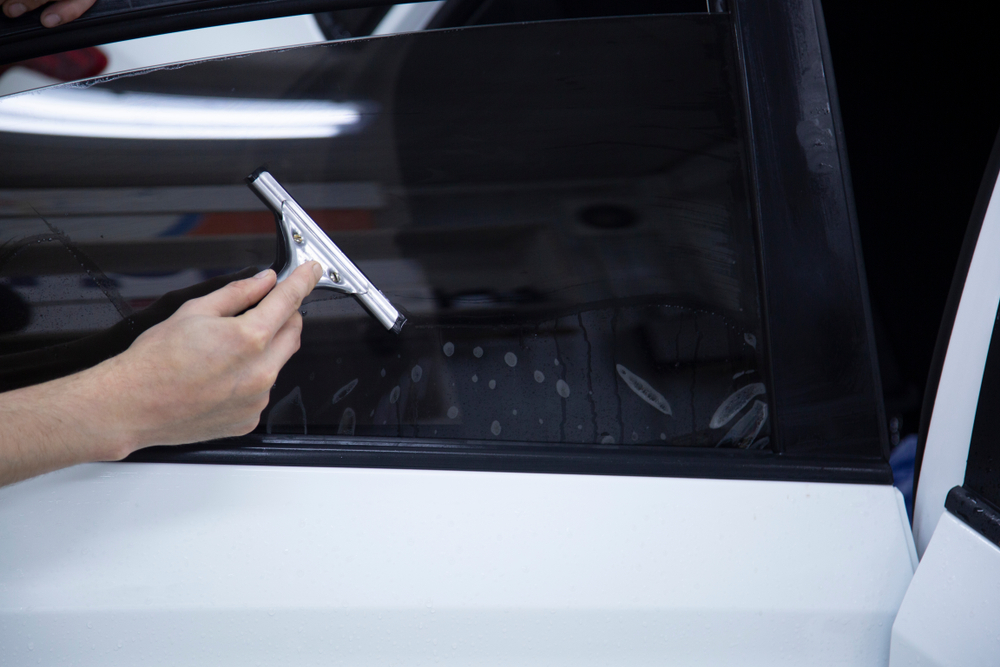In part one of this two-part blog series, we went over some of the basics on the difference between window tint color and shade percentage. The former refers to the actual hue of the tint, while the latter speaks to how dark it will be and how much UV light will be allowed in.
At Laketown Speed and Sound, we offer a huge range of window tinting services for any clients interested, whether you’re looking for a stylish tint to improve your aesthetics or a major tint for security or UV prevention needs. In today’s part two of our series, we’ll hone in a bit more on window tint shade percentage – the common templates often selected by clients, plus some important factors to keep in mind as you’re making your choice here.

Common Shade Percentage Templates
As we noted in part one, window tint shade percentage speaks to the amount of visible light that can pass through the film – with a lower percentage signaling less light allowed in, and a darker tint. Some common tint shade templates include:
- 50 percent: This is roughly the national average for allowable tint percentage, which we’ll get into below – most states will allow tint at this level or below. It’s also ideal for blocking both heat and UV radiation.
- 35 percent: One of the most popular tint styles, 35% tint blocks UV rays very well and is also stylish.
- 20 percent: In many new vehicles, 20% tint is the factory standard for certain windows, usually passenger windows.
- 5 percent: Finally, the most significant tint, also sometimes called “limo tint,” is 5% tint, which is virtually impossible to see through in any way.
Local Limits
One of the key factors to keep in mind when choosing your tint level is what’s legal in your state or local area. Every state has its own regulations, and these vary for specific window locations on a vehicle. Here are the basics on these regulations in Utah:
- Windshield: Non-reflective tint is allowed above the manufacturer’s AS-1 line or top four inches
- Front side windows: Must allow at least 43% of light in
- Back side windows: Any tint allowed
- Rear window: Any tint allowed
Goals and Purpose of Tint
Once you have an idea of your desired tint’s legality, consider your basic goals and purposes for the tint. If you’re just looking to limit UV rays and keep the vehicle cool, for instance, 50% tint is often just fine. If you’re looking for improved privacy or security, or if you have specific passenger needs, you might consider darker shades.
For more on window tint shade and color, or to learn about any of our window tinting, car audio or other automotive accessories, speak to the staff at Laketown Speed and Sound today.



